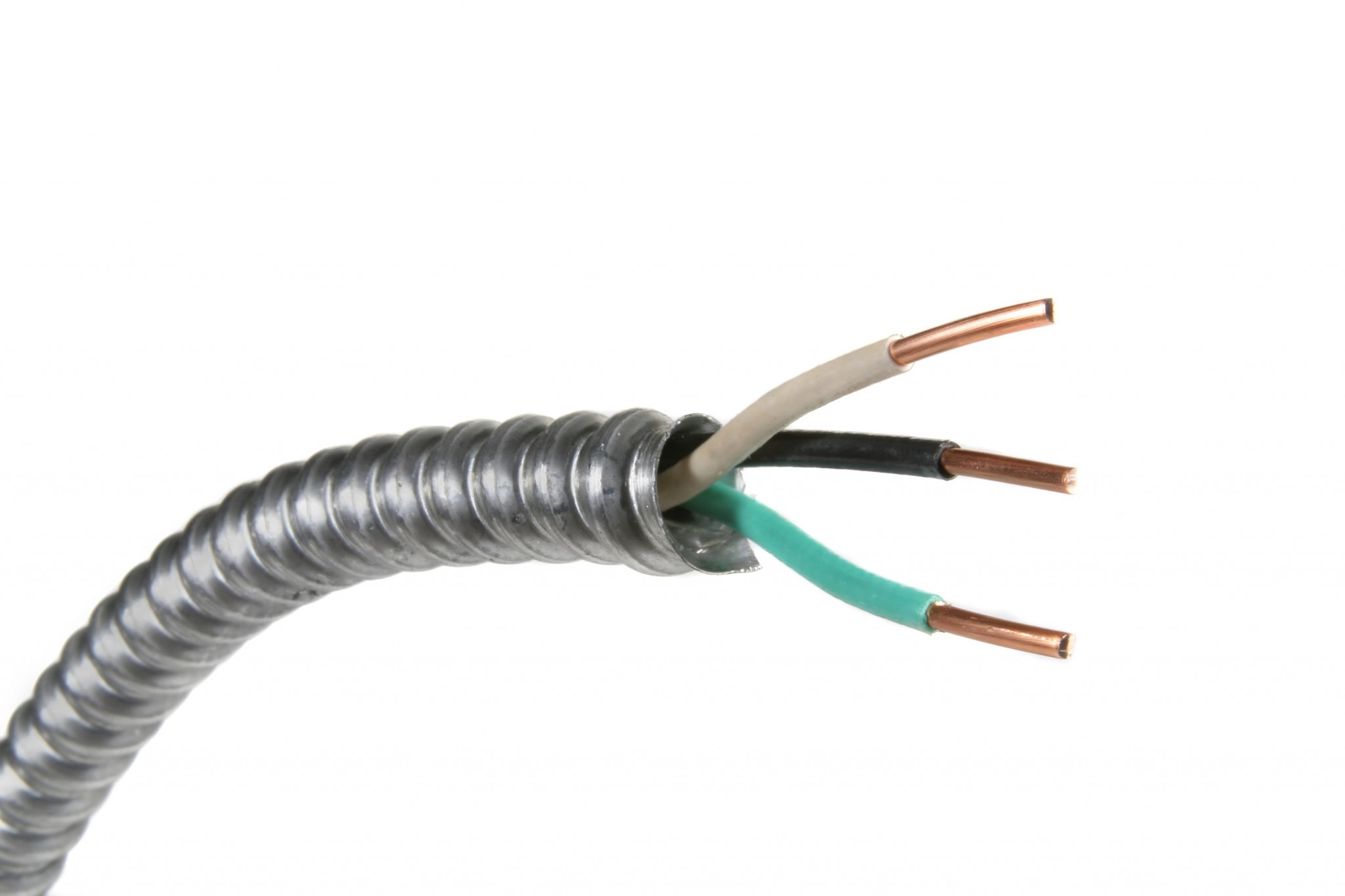

An opening is left in the wall directly below the TV wall mount into which the cables are fed this opening may be partially closed with a sliding panel even when in use. This will require either installing the duct during construction, or cutting out part of the wall, installing the duct, and then patching the wall seamlessly to make the insertion invisible from the outside.Ī typical cable duct is a squared-off tubular length of tough PVC plastic which can be cut to the appropriate length with a pair of specialized cutters.

#Conduit to hide cables full#
The most permanent solution, providing full protection to the wiring and keeping the cords isolated from contact with the building’s structure, is the installation of a built-in cable duct in the wall. You can sometimes use the methods here to hide the cords of a ceiling-mounted TV, too, but they are simplest with a wall mount. Concealing TV cords that snake across the floor is a much harder task, and due to the structure of flooring, it’s often a monumental – or impossible – job to conceal the cables beneath the floor itself. Generally speaking, it’s easiest to hide TV cords if the television mount is located on the wall. Fortunately, there are several great solutions you can use to spruce up the appearance of your TV viewing area. Beautifying and neatening your living or office space makes the places where you spend your days more pleasant to inhabit – and these three ways to hide your TV cords prevent the unsightly sprawl of cables that poorly planned TV setups create.


 0 kommentar(er)
0 kommentar(er)
